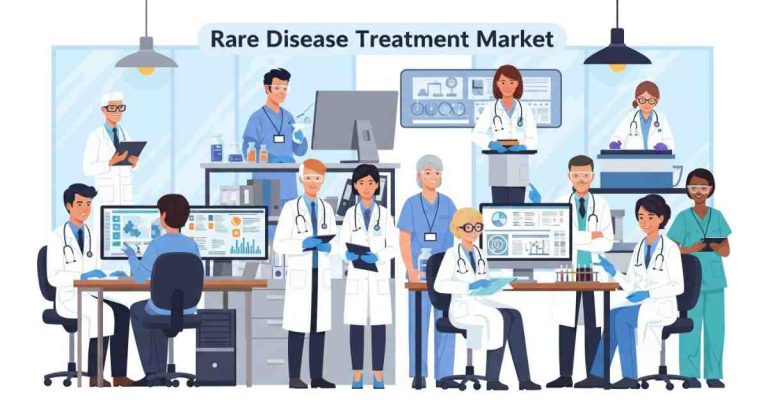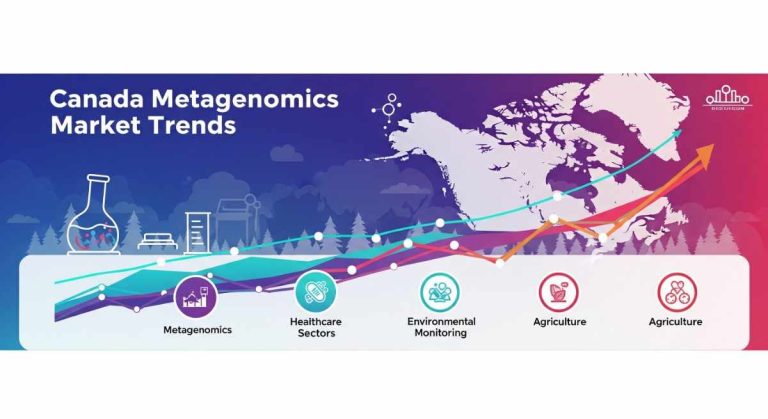
Asthma management has witnessed a paradigm shift with the rise of combination therapies, marking a significant advancement in the treatment landscape. Asthma, characterized by chronic inflammation of the airways, necessitates a multifaceted approach to control its symptoms and prevent exacerbations effectively. Single medications, while effective for some, may not adequately address the diverse needs of all patients. Thus, combination therapies, which integrate multiple medications with distinct mechanisms of action, have garnered considerable attention and usage in asthma treatment.
In the arsenal of asthma therapeutics, inhaled corticosteroids (ICS) stand out as the cornerstone owing to their potent anti-inflammatory properties. These medications mitigate airway inflammation, a hallmark feature of asthma. Often complementing ICS, long-acting beta-agonists (LABA) provide bronchodilation, thereby enhancing symptom control. The amalgamation of ICS and LABA, commonly referred to as ICS/LABA therapy, represents a cornerstone in asthma management, especially for patients requiring maintenance treatment. Beyond this primary combination, the spectrum of combination therapies encompasses a variety of approaches, including the integration of leukotriene modifiers, mast cell stabilizers, or long-acting muscarinic antagonists (LAMA) alongside ICS or LABA. Each combination targets distinct aspects of asthma pathophysiology, striving to achieve comprehensive disease management and symptom control.
The surge in adoption of combination therapies in asthma treatment underscores the necessity for personalized and tailored approaches to patient care. Asthma manifests differently in each individual, demanding a nuanced treatment strategy tailored to the patient’s unique needs, symptom severity, and responsiveness to treatment. By embracing combination therapies, healthcare providers can tailor treatment regimens accordingly, optimizing asthma management and enhancing patient outcomes. Moreover, combination therapies streamline treatment regimens, potentially improving patient adherence. Consolidating multiple medications into a single inhaler or fixed-dose combination product enhances convenience and simplifies treatment protocols, fostering patient compliance and adherence.
The proliferation of diverse combination therapies has significantly expanded the armamentarium available to healthcare providers, offering a plethora of options to optimize asthma management. This expansion not only broadens treatment options but also fuels competition among pharmaceutical companies, driving continuous research and development efforts to innovate and refine existing combination therapies. Consequently, combination therapies have emerged as a pivotal cornerstone in the asthma treatment landscape, offering comprehensive symptom control, personalized treatment approaches, and improved disease management. The relentless pursuit of advancing combination therapies underscores a commitment to enhancing asthma care and fostering better outcomes for individuals grappling with this chronic respiratory ailment.
Download a short version of this report @ https://www.towardshealthcare.com/personalized-scope/5049
Affordability Challenges in Asthma Treatment: Navigating the Market Constraints
The increasing prevalence of asthma is a significant factor driving the growth of the asthma treatment market. According to the World Health Organization, around 262 million individuals worldwide were affected by asthma in 2019, leading to approximately 455,000 deaths. Asthma, characterized by airway inflammation and constriction, results in recurring symptoms like wheezing, shortness of breath, coughing, and chest tightness. Its incidence is rising globally across all age groups, from children to adults.
Various factors contribute to the growing prevalence of asthma. Environmental elements such as air pollution, allergens, and exposure to tobacco smoke play a role, as do lifestyle changes like sedentary behavior, poor diets, and increased urban living. Genetic predispositions can also increase susceptibility to asthma.
The surge in asthma cases has spurred demand for effective treatments. Healthcare providers and pharmaceutical companies are investing heavily in research and development to discover new therapies and enhance existing ones. This includes developing inhalation medications, oral drugs, and biologics targeting specific asthma-related pathways.
However, affordability remains a significant challenge in asthma treatment. The high cost of medications, including inhalers and oral drugs, poses a financial burden for many patients, particularly those lacking adequate insurance coverage or in low-income brackets. Research and development, clinical trials, regulatory approvals, and the constant need for innovation all contribute to these high costs.
The financial strain of asthma treatment can lead to medication non-adherence and inadequate symptom control, potentially increasing the risk of exacerbations and emergency care, further raising healthcare costs. This economic burden extends beyond individual patients to healthcare systems, encompassing direct expenses like medication costs and hospitalizations, as well as indirect costs like productivity losses due to missed work.
Efforts are underway to address these challenges. Generic versions of some asthma medications have become available, helping to lower costs. Stakeholders such as pharmaceutical companies, healthcare organizations, policymakers, and patient advocacy groups are exploring strategies like price negotiations, formulary management, and value-based pricing. Additionally, patient assistance programs, drug discount cards, and subsidies aim to support those facing financial barriers to treatment access.
Education and awareness initiatives are crucial in helping patients navigate their asthma management options and find cost-effective solutions. Ultimately, a collaborative, multi-faceted approach involving various stakeholders is necessary to ensure affordable access to effective asthma treatments, thereby improving patient outcomes and reducing the economic burden associated with asthma.
Innovative Solutions for Asthma Treatment: Expanding Opportunities through Technological Advancements
Advancements in technology are reshaping the landscape of asthma treatment, opening up new avenues to elevate patient care and treatment outcomes. These innovations are revolutionizing how asthma is managed, offering improved diagnostic tools, monitoring capabilities, and personalized treatment options.
Digital health platforms, encompassing mobile apps and web-based solutions, are empowering patients to take an active role in managing their asthma. These platforms offer features like symptom tracking, medication reminders, and personalized action plans. They also facilitate communication between patients and healthcare providers, enabling remote monitoring and timely interventions. By fostering patient engagement and adherence to treatment plans, digital health platforms enable informed decision-making based on data.
Smart inhalers, equipped with sensors, provide valuable insights into medication usage, inhalation technique, and environmental factors. Patients can monitor their inhaler usage and receive feedback on proper technique and adherence to treatment. Data from smart inhalers can be shared with healthcare providers for remote monitoring and proactive interventions. Wearable devices such as smartwatches and activity trackers are also playing a growing role in monitoring asthma symptoms and related physiological parameters. By tracking respiratory rate, heart rate, activity levels, and sleep patterns, these devices offer comprehensive insights into asthma control and triggers, facilitating personalized treatment adjustments.
Telemedicine platforms and remote monitoring technologies are bridging the gap between patients and healthcare providers, enabling virtual consultations and reducing the need for in-person visits. Remote monitoring devices measure lung function, oxygen levels, and vital signs, allowing healthcare professionals to monitor asthma control and tailor treatment plans accordingly. These technologies improve access to care, particularly for patients in rural or underserved areas.
Furthermore, the integration of AI and machine learning algorithms is enhancing asthma management by analyzing vast datasets to identify patterns and correlations. These tools assist in predicting asthma exacerbations, optimizing treatment plans, and personalizing therapy based on individual patient characteristics. AI-driven solutions also aid in interpreting diagnostic tests, expediting diagnosis and improving accuracy.
To own our research study instantly, Click here @ https://www.towardshealthcare.com/price/5049
Read More Asthma Treatment Market:
You can place an order or ask any questions, please feel free to contact us at sales@towardshealthcare.com
About Us
Healthcare Web Wire is a premier subsidiary of Towards Healthcare, dedicated to providing comprehensive insights and information related to the healthcare industry. With a commitment to delivering accurate and timely updates, Healthcare Web Wire serves as a vital resource for professionals, enthusiasts, and stakeholders within the healthcare sector. Our platform serves as a central hub for the latest news, trends and developments shaping the healthcare landscape. Join us on Healthcare Web Wire and become part of a vibrant community dedicated to advancing healthcare knowledge and shaping the future of healthcare worldwide.
Explore the comprehensive statistics and insights on healthcare industry data and its associated segmentation: Get a Subscription
For Latest Update Follow Us: https://www.linkedin.com/company/towards-healthcare






